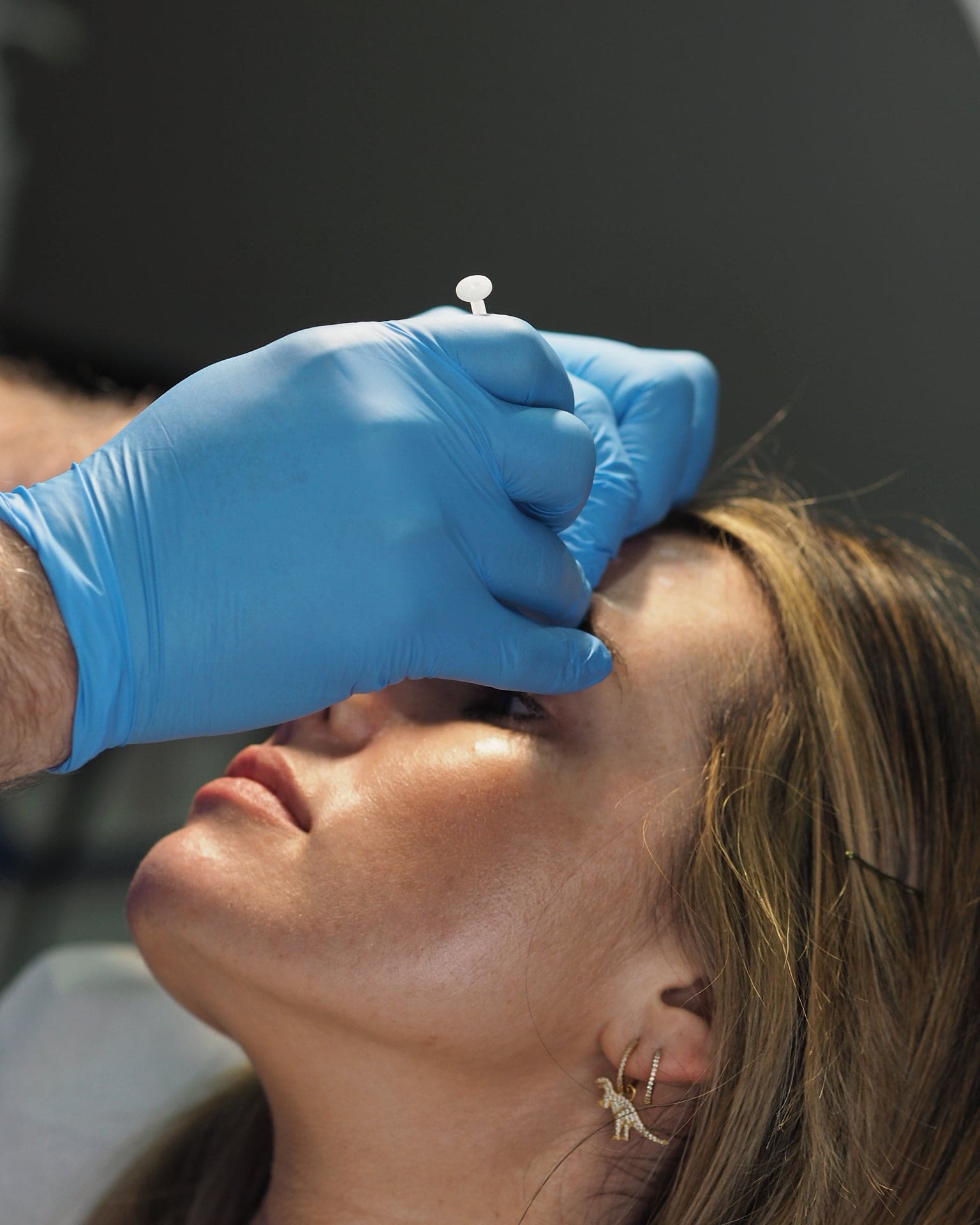News / Media
Breast Asymmetry Correction: Options, Techniques, and What to Expect
What is Breast Asymmetry?
Breast asymmetry is a common condition that affects both men and women, though it tends to present more prominently in women. In many cases, breast asymmetry is congenital, meaning it is present from birth. While men typically do not seek surgical correction for breast asymmetry, women often explore options to balance their breast size and shape for aesthetic or functional reasons.
For many women, mild breast asymmetry is not a cause for concern, as they become accustomed to the natural variations in size and shape. However, more pronounced asymmetry can impact self-esteem, especially when it affects bra fitting, clothing choices, or confidence in social situations. Teenagers, in particular, may feel self-conscious due to peer pressure, which can have long-term psychological effects.
When is Breast Asymmetry Surgery Considered?
While mild asymmetry doesn’t usually warrant surgical intervention, significant differences in breast size and shape may require treatment. Surgery becomes a viable option for women who struggle to find well-fitting bras, have difficulty with clothing, or feel self-conscious about their appearance. Correcting breast asymmetry can be life-changing, improving confidence and comfort.
Surgical Approach to Breast Asymmetry Correction
As a consultant plastic surgeon with nearly 20 years of experience in breast asymmetry correction, I understand the importance of personalized treatment. Every patient has unique goals and expectations, which we thoroughly discuss during the consultation process. It’s important to note that perfect symmetry is rare even before surgery, and it cannot be achieved after surgery. I often remind patients that “breasts will become sisters, not identical twins,” as even identical twins often have subtle differences in their bodies.
Consultation Process: What to Expect
The consultation is a critical part of the process, where we gather important information to determine the best course of action. It’s essential to fully understand the patient’s expectations and lifestyle to develop a tailored surgical plan. For some, no surgery may be needed, while others may benefit from either a one-stage or two-stage surgery approach.
I believe in offering comprehensive consultations rather than a single pre-surgery visit. Cosmetic surgery is a significant decision that impacts a patient’s life permanently, so thorough discussions and planning are essential to achieving the desired results.
Surgical Options for Breast Asymmetry
One-Stage Surgery
In my experience, one-stage surgery is most desirable for women over the age of 30, especially those who have had children. This technique typically involves breast reduction on the larger breast to achieve better symmetry. Women under 30 may prefer to enlarge the smaller breast to match the larger one, or even increase the size further.
Other options include:
- Breast augmentation with implants to enhance the smaller breast.
- Mastopexy (breast lift) to improve the shape of the breast.
- Symmetry correction through a combination of breast reduction and enlargement.
Two-Stage Surgery
For younger patients, typically those under 21-23 years of age, a two-stage surgery may be recommended. This approach is ideal for patients whose breasts have not yet fully developed.
The two-stage process involves:
- Stage One: Insertion of expandable breast prostheses to gently stretch the breast tissue.
- Stage Two: Replacement of the expanders with silicone implants (with or without a breast lift/uplift). This stage is typically performed 6-12 months after the first procedure.
This method allows for gradual expansion, which can be more suitable for younger patients undergoing growth and hormonal changes.
Fat Transfer (Lipo-filling)
An alternative approach to correcting breast asymmetry is fat transfer or lipomodelling, which uses the patient’s own fat to balance breast size. This technique is advantageous because it avoids the use of foreign implants and can create a more natural look.
Fat is harvested from areas such as:
- Abdomen (tummy)
- Flanks (“love handles”)
- Thighs
Lipo-filling can also be used as a supplementary procedure to enhance results when combined with breast implants or mastopexy. This hybrid approach can provide added volume and shape refinement.
What to Expect After Breast Asymmetry Surgery
Breast asymmetry surgery is performed under general anaesthesia, with a typical hospital stay of one night. I personally use drains to help remove excess fluid post-surgery, which I have found to enhance recovery. The type and placement of scars depend on the surgery performed but may be under the breast, in a “lollipop” pattern, or an anchor shape.
- Dressings are removed and dissolvable stitches trimmed within 10-12 days.
- I recommend avoiding bras with underwires for 4-6 weeks during the recovery period.
Recovery and Aftercare
The recovery time for most patients is 3-4 weeks, but it can vary depending on the type of surgery. If tissue expandersare used, patients will undergo regular saline injections in an outpatient clinic to achieve the desired breast volume. This gradual expansion process also helps the patient psychologically adjust to changes in body form.
For patients undergoing fat transfer, wearing a compression garment for 4-6 weeks is essential to support the liposuction areas.
Pain management is tailored to each patient’s needs, ensuring a comfortable recovery. Most patients find that the use of local anaesthetic injections during surgery minimizes post-operative pain.
Why Choose a Consultant Plastic Surgeon for Breast Asymmetry?
With nearly 20 years of experience in breast surgery, I take pride in helping patients achieve natural, balanced results that boost their confidence. Breast asymmetry correction is not just about aesthetics—it’s about restoring the self-esteem and confidence of the patient. Whether it’s through breast reduction, augmentation, or fat transfer, I believe that every patient deserves a personalized approach tailored to their unique needs.
If you are considering breast asymmetry correction surgery, I invite you to schedule a consultation to discuss your goals and how we can achieve the results that will bring you lasting satisfaction.






